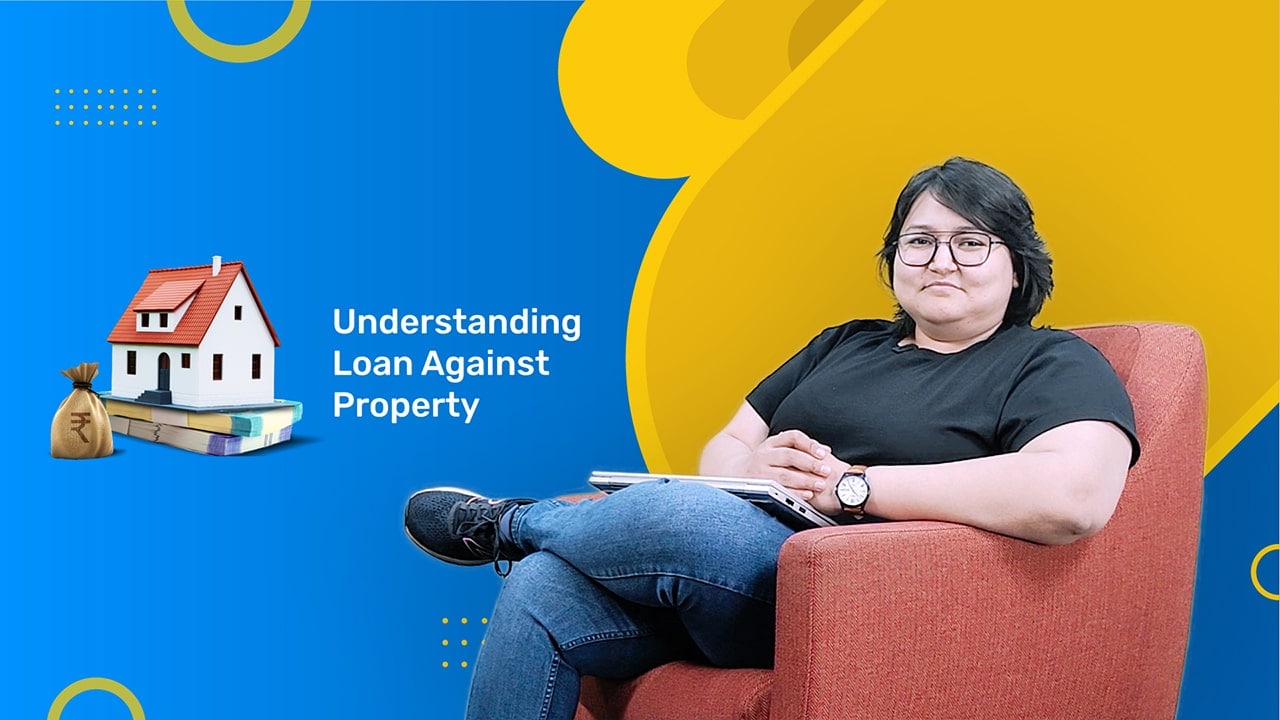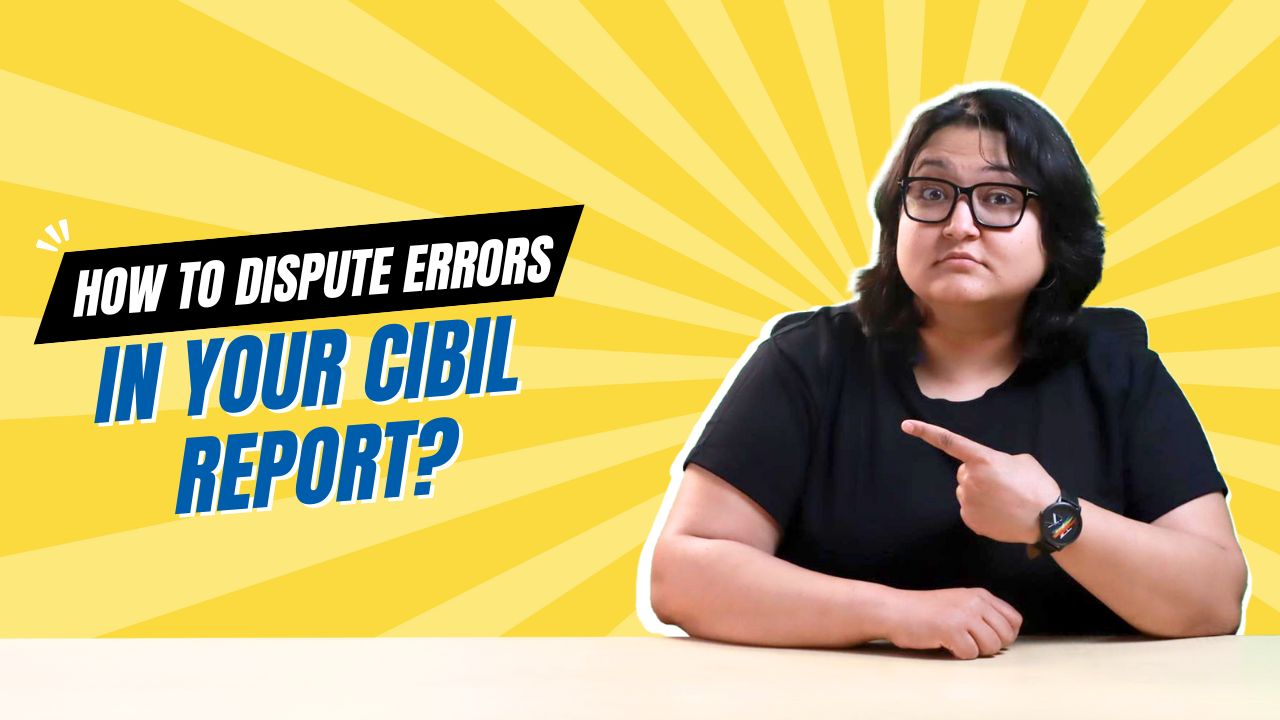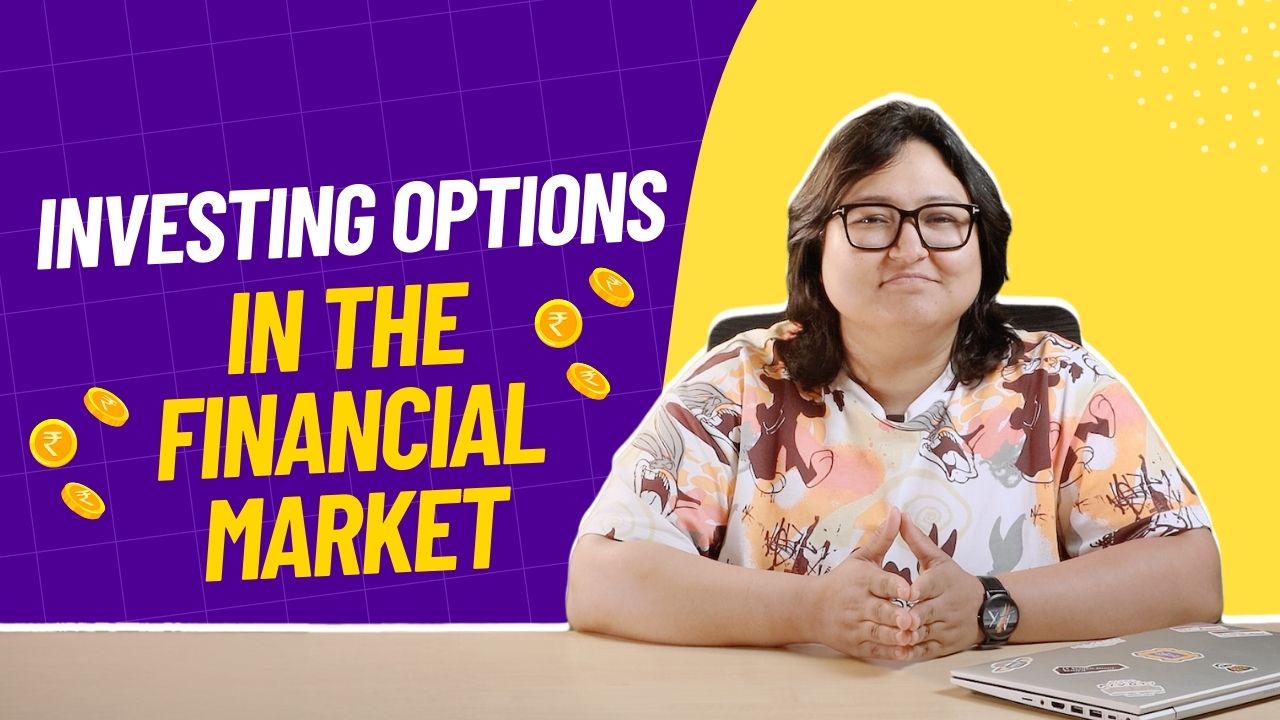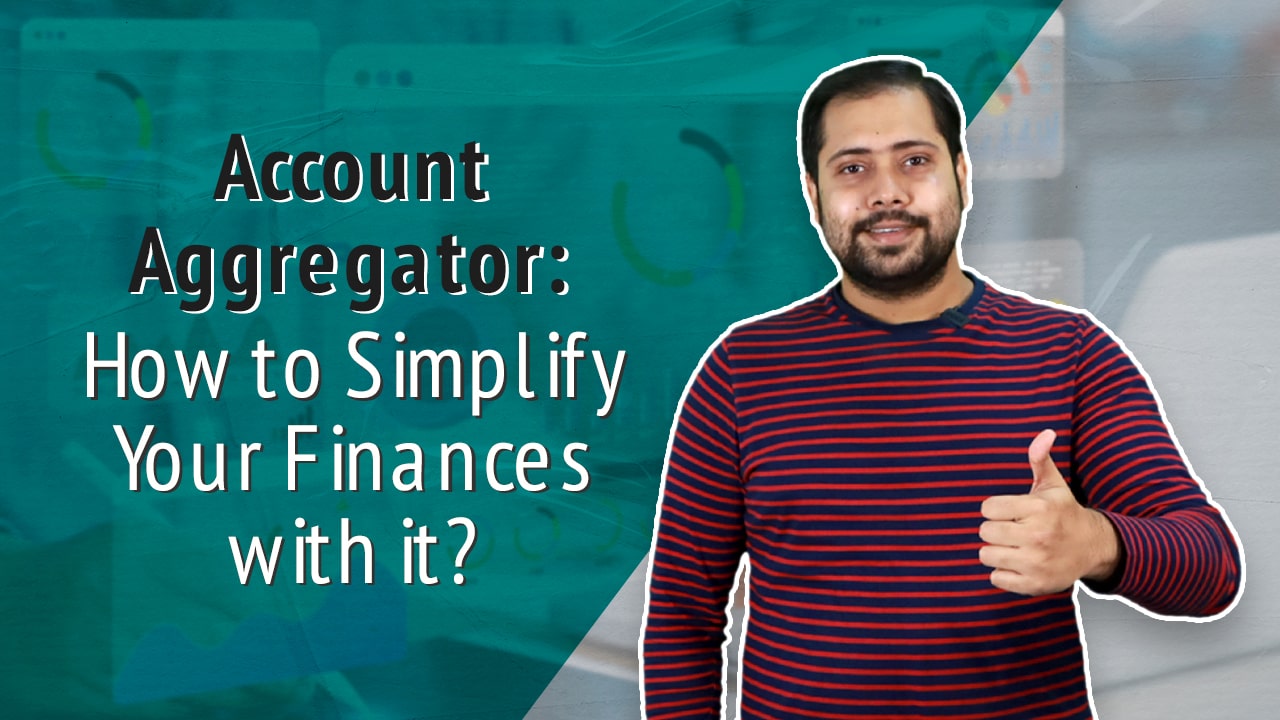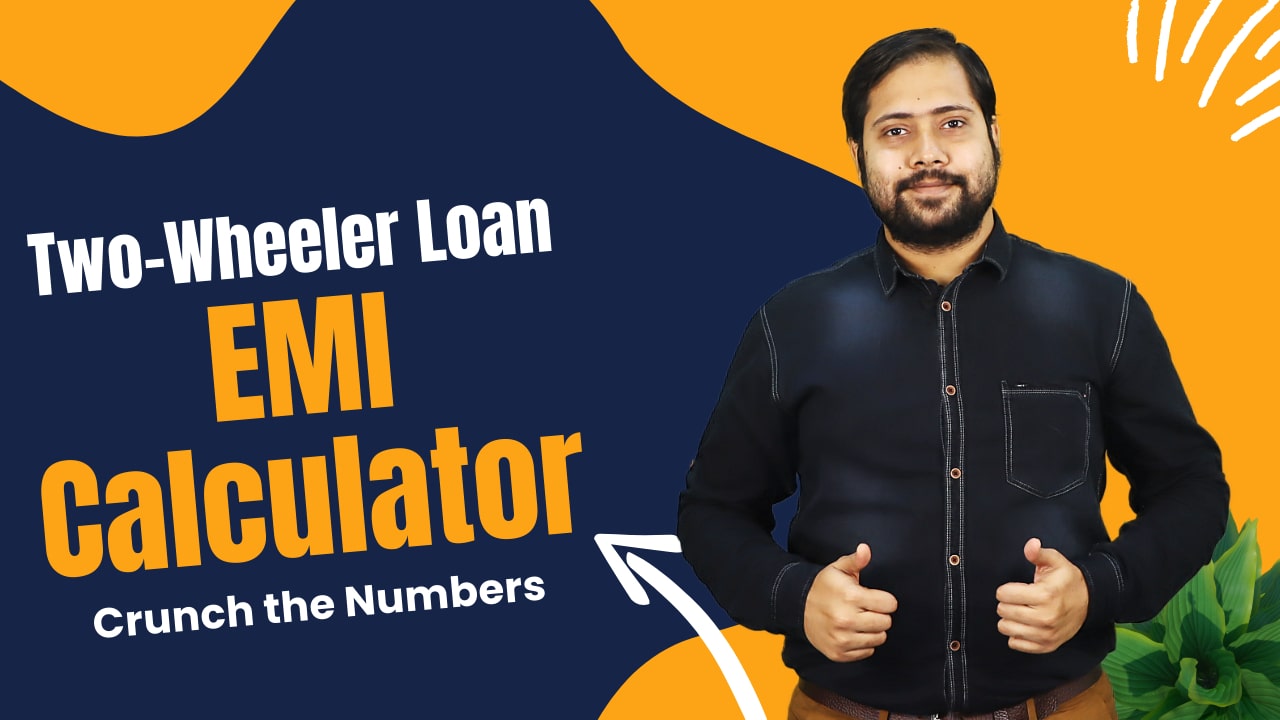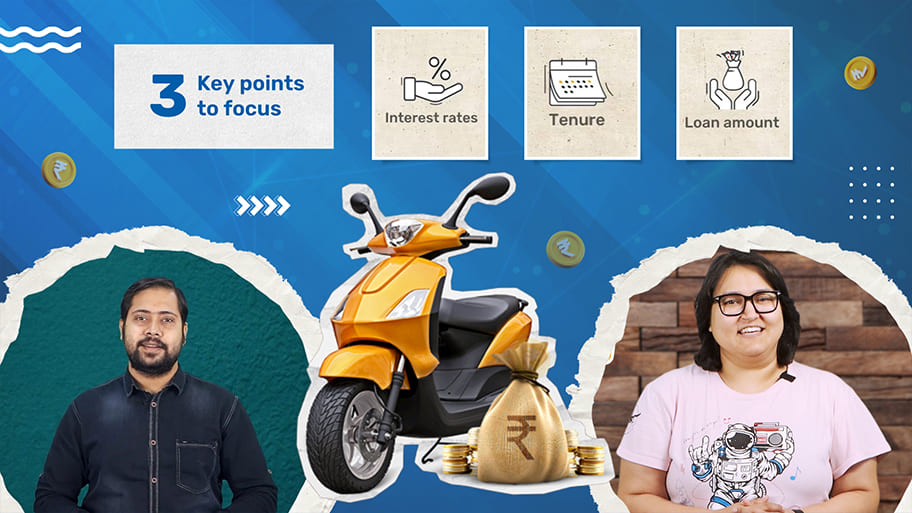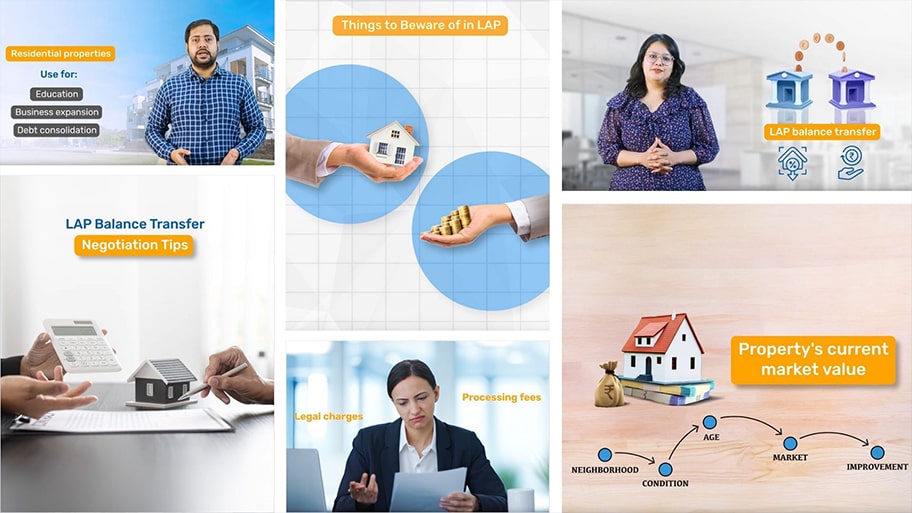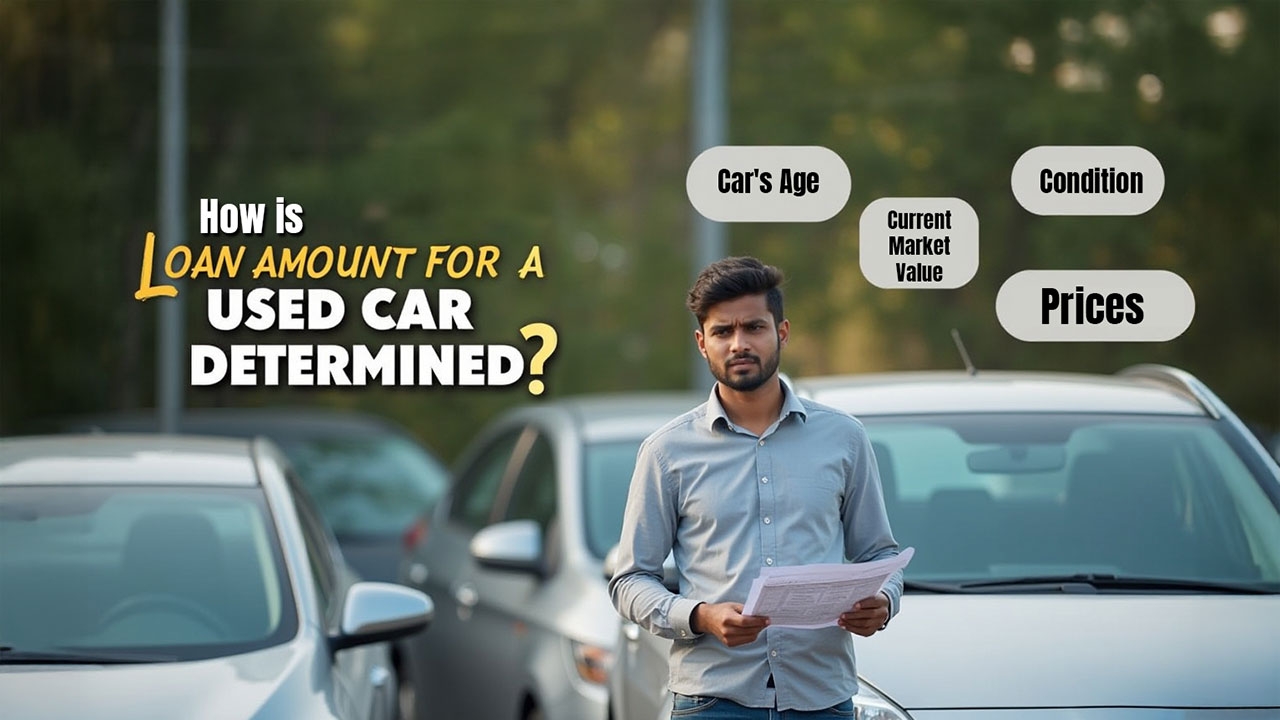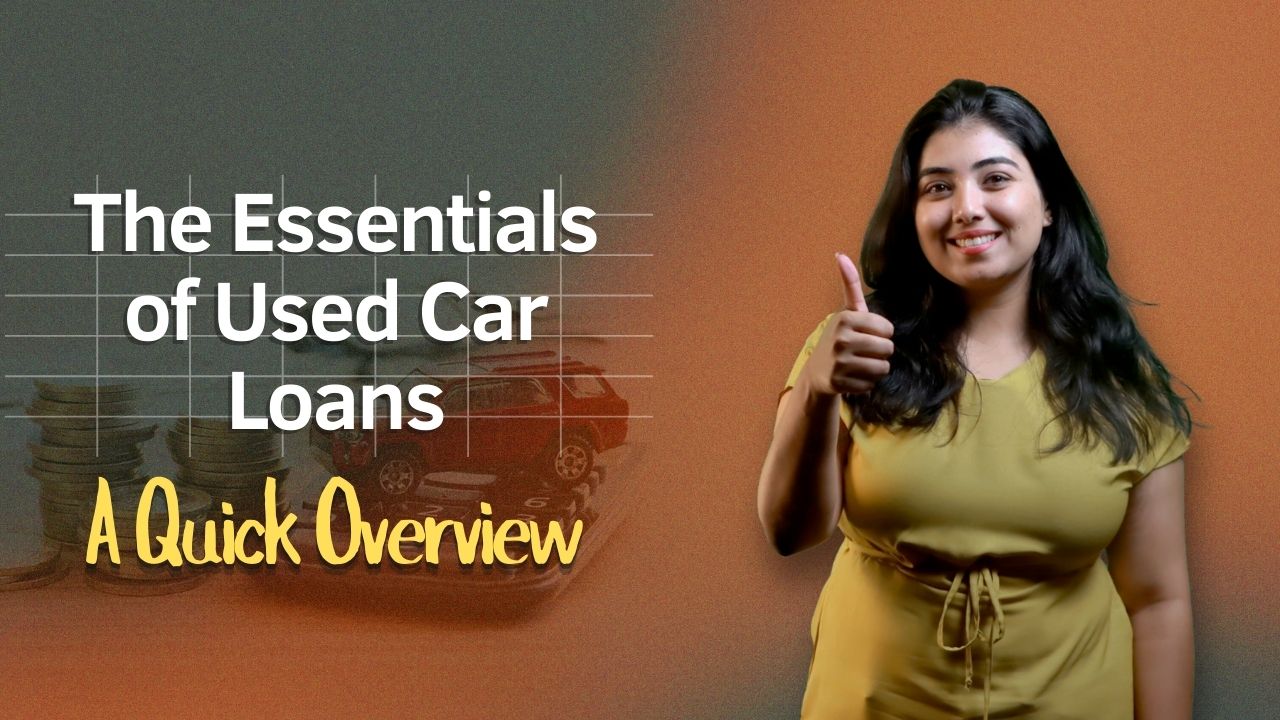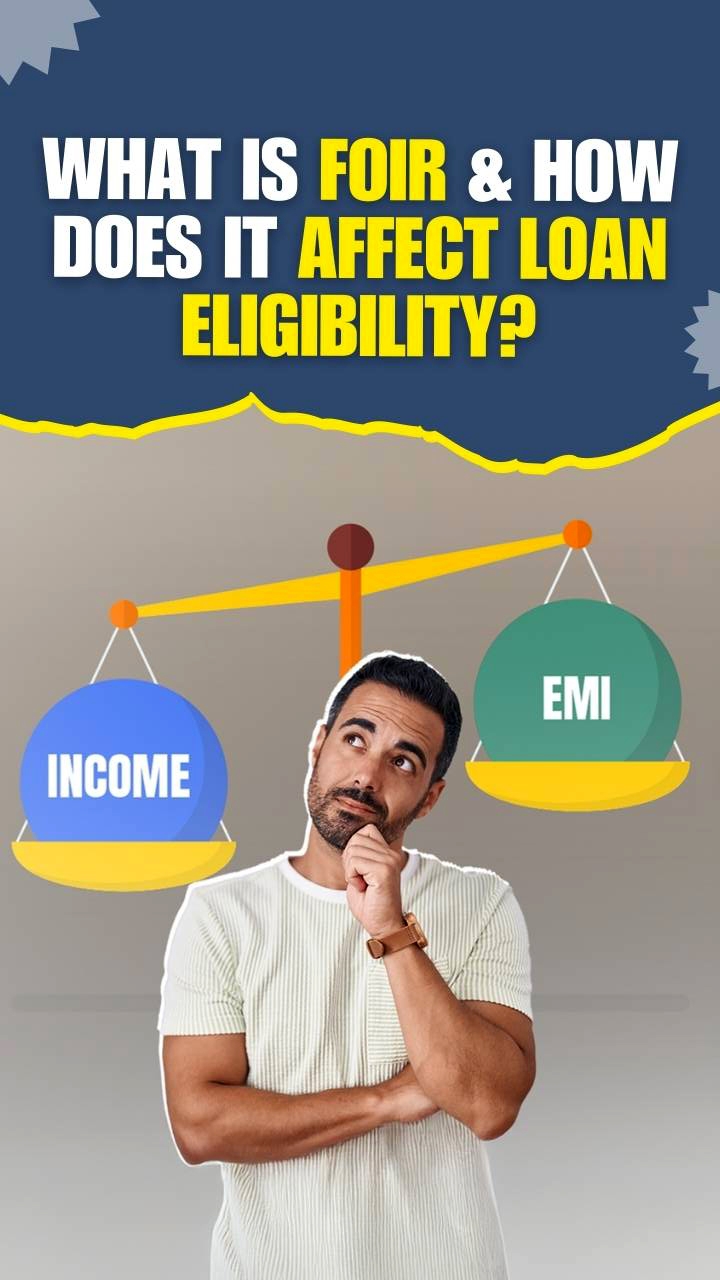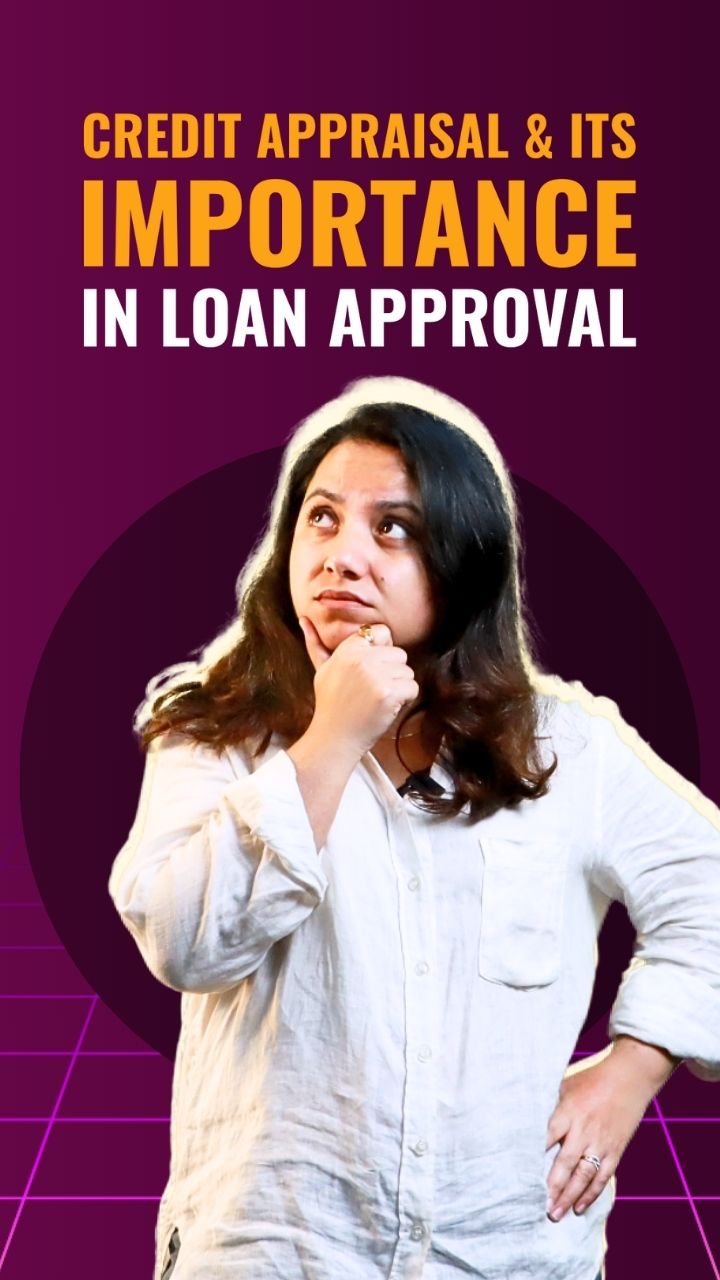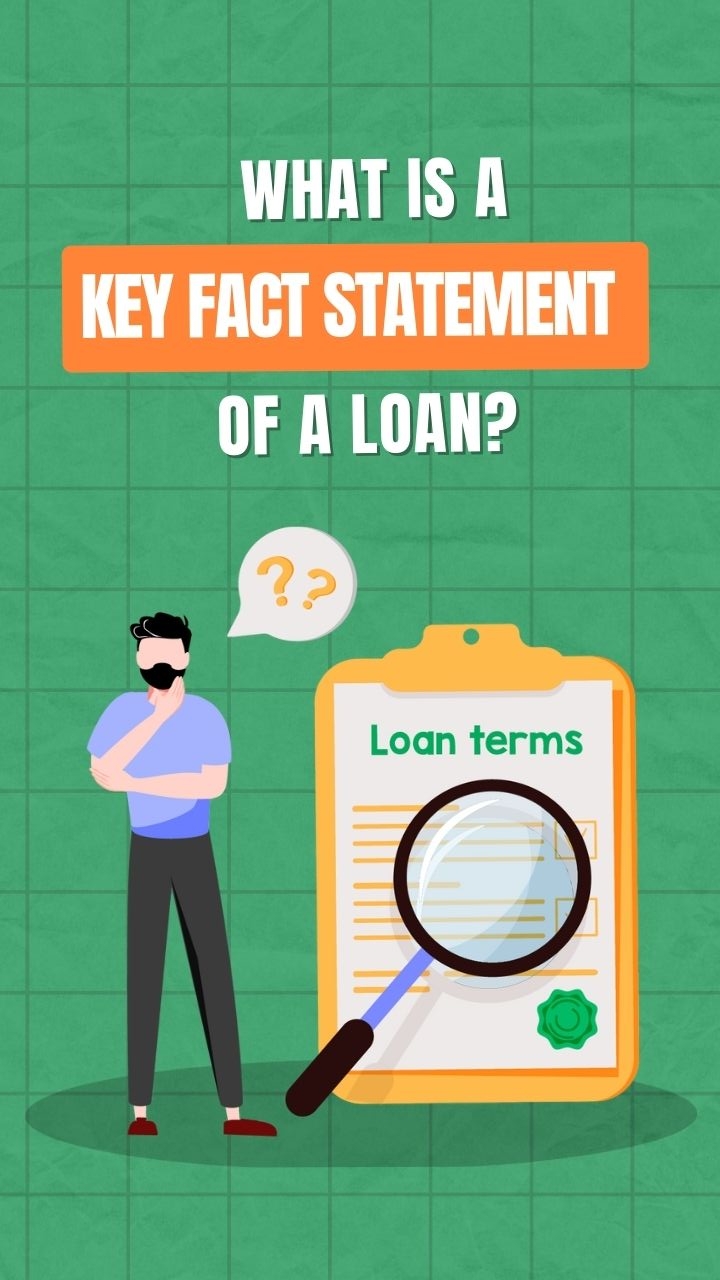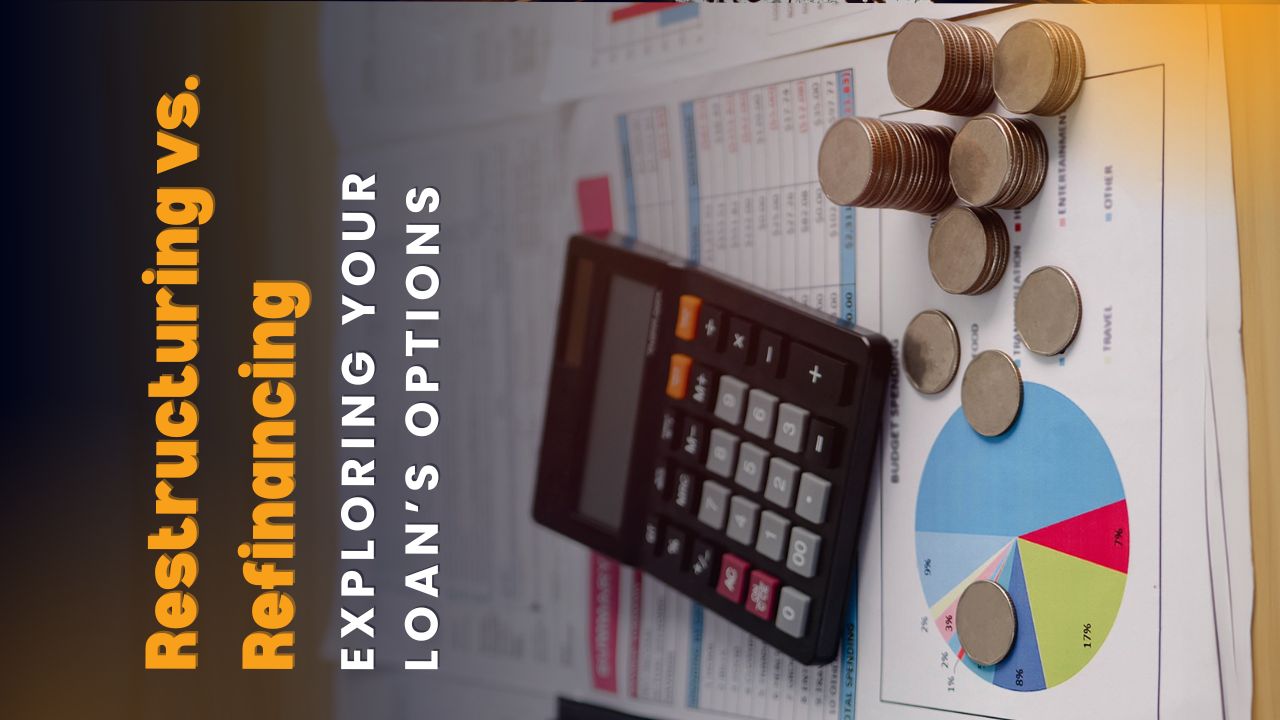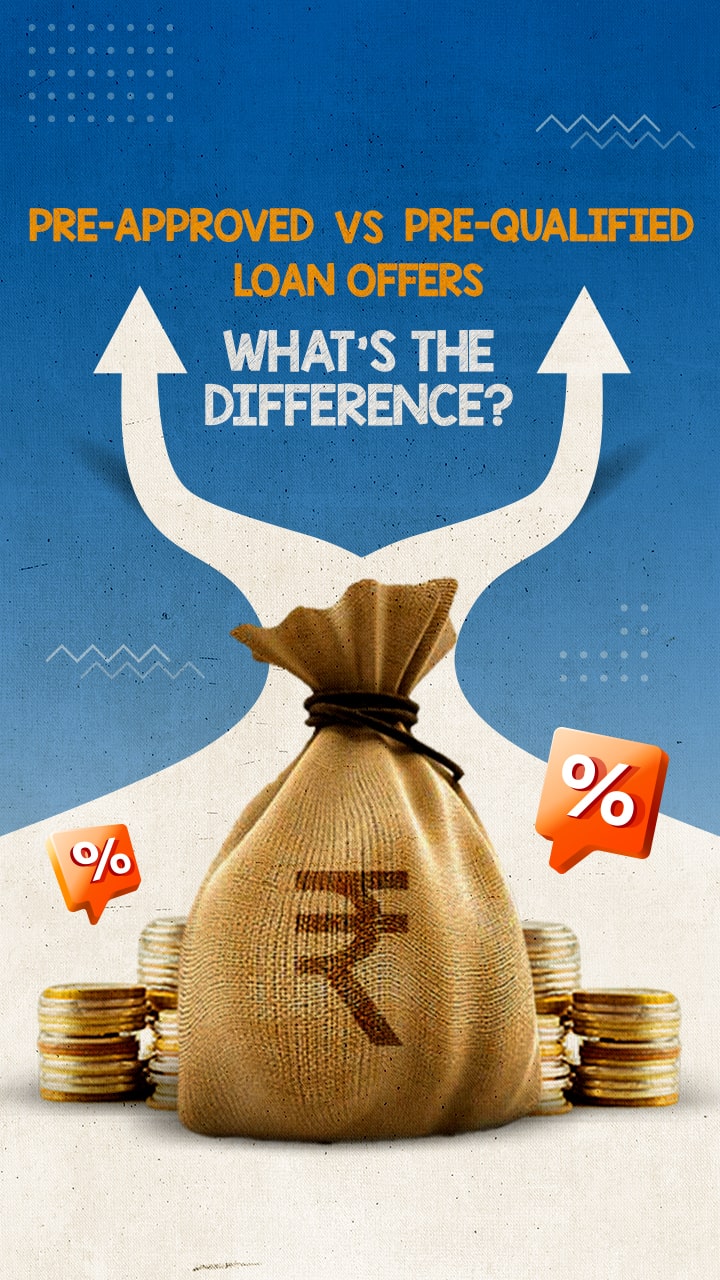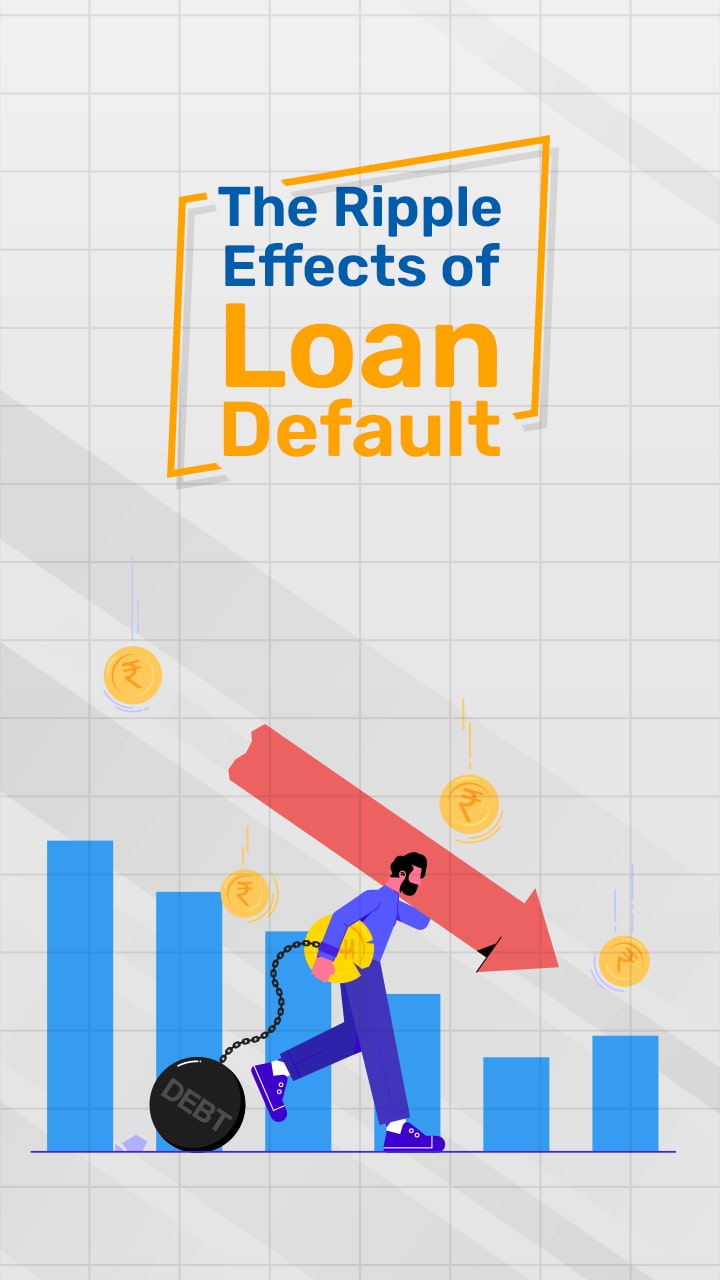Beyond EMIs: Exploring Your Loan Repayment Options
Loan repayment doesn’t just mean standard EMIs. Did you know there are flexible repayment methods designed to suit your financial goals? Let’s explore some of these innovative options in this video!
First, we’ll look at Step-Up EMI Repayment. This could be suitable for those expecting income growth. Here, your EMIs start lower and gradually increase over time. This plan might be especially useful for young professionals whose earnings are likely to rise.
You’ll also learn how some lenders might allow you to pay only the interest initially, deferring the principal repayment. This could make it easier to qualify for higher loan amounts.
Next, the video explores Step-Down EMI Repayment, which works the opposite way. Your EMIs start higher and reduce over the loan tenure. You’ll see how this option can be great for those nearing retirement or looking to lower their future financial liabilities.
Lastly, you’ll learn about Floating Rate Loans. These come with interest rates that fluctuate based on market conditions. Such rates are linked to benchmarks like the RBI’s repo rate. Plus, we’ll explain that borrowers could also switch from fixed to floating rates mid-loan if it offers better benefits.
Overall, these tailored repayment options could offer flexibility for every borrower’s needs.
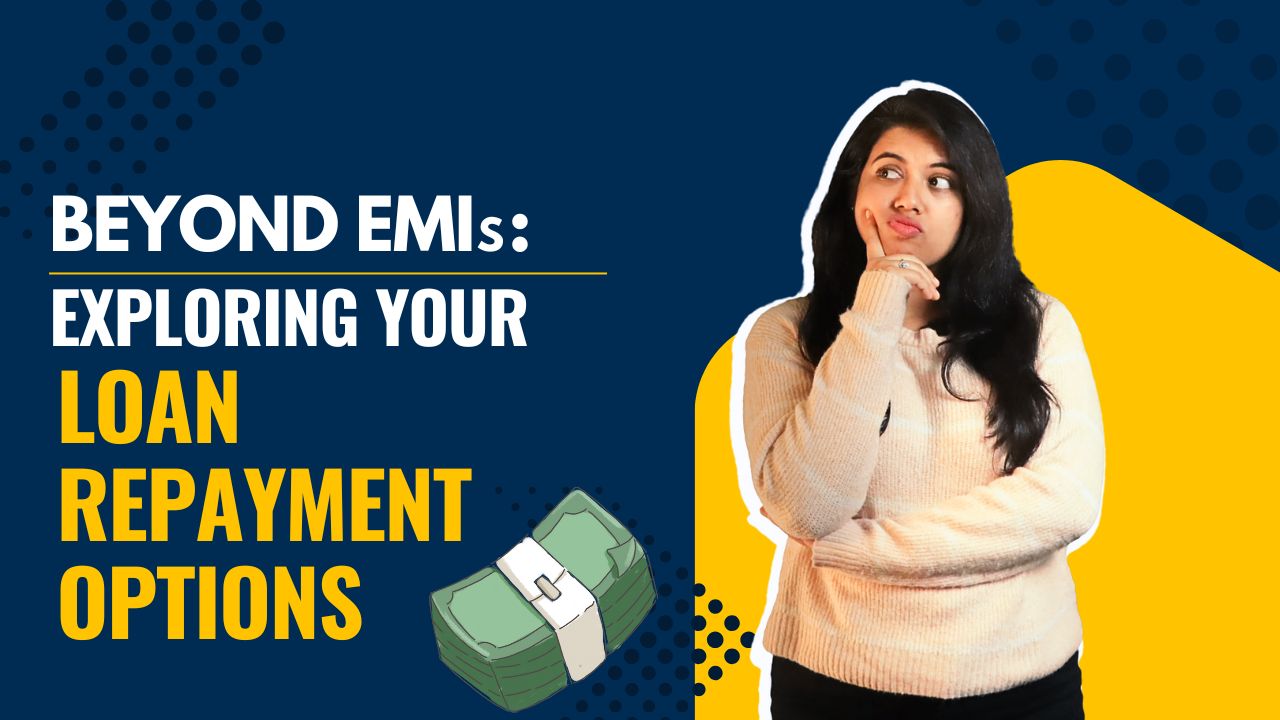
Key Takeaways
Step-Up EMIs start low and increase with time, to potentially align with your expected income growth
Step-Down EMIs begin higher and gradually decrease, suitable for those approaching retirement or seeking future debt reduction
Floating Rate Loans could offer flexibility, as EMIs can change based on market conditions and RBI's repo rate
You might be able to switch between fixed and floating rates mid-tenure to potentially benefit from lower EMIs
Part-payments might allow you to reduce your loan burden by making extra payments beyond regular EMIs
Each loan repayment method has unique advantages, so choose based on your financial goals and income pattern
Understanding different repayment options might help you optimise your loan journey and potentially save money
What to Watch Next
Bites

